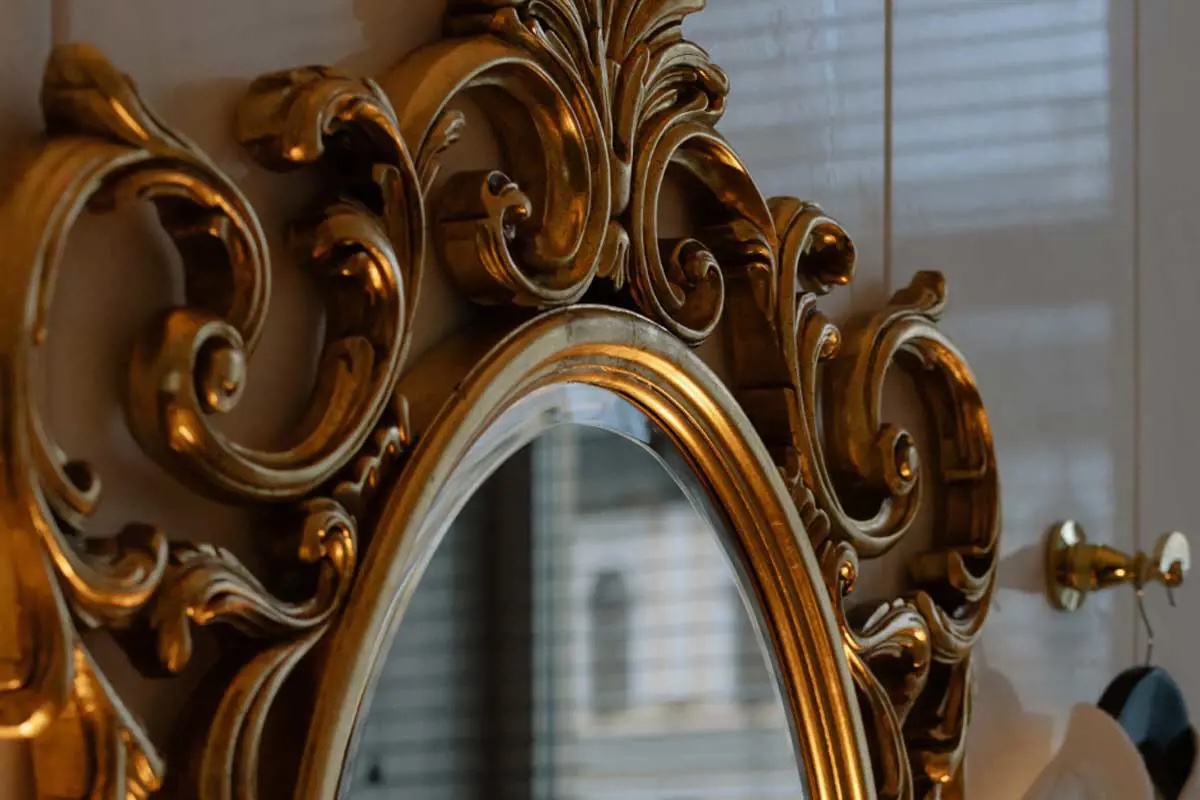

Articles
How Were Old Mirrors Made
Modified: May 6, 2024
Discover the fascinating history and craftsmanship behind the creation of old mirrors with our collection of articles. Uncover the techniques used to make these timeless reflective treasures.
(Many of the links in this article redirect to a specific reviewed product. Your purchase of these products through affiliate links helps to generate commission for Storables.com, at no extra cost. Learn more)
Introduction
Mirrors have been an integral part of human history for thousands of years. From ancient civilizations to modern times, mirrors have played a significant role in our lives, both functionally and symbolically. They have served as tools for self-reflection, decorative objects, and even items of mystical significance.
In this article, we will explore the fascinating world of old mirrors and delve into the techniques and materials used to create them. From the early rudimentary methods to the invention of silver-backed mirrors, we will uncover the ingenuity and innovation behind these timeless objects.
By gaining insight into the craftsmanship of old mirrors, we can better appreciate the evolution of mirror making and the impact it has had on our society. So join us on this journey through time as we explore the intriguing history of mirror production and discover how these reflective surfaces were crafted in eras past.
Key Takeaways:
- The evolution of mirror making from natural materials to silver-backed mirrors showcases human ingenuity and the quest for self-reflection throughout history.
- Innovations in mirror making, from glass mirrors to front surface mirrors, have enhanced functionality and versatility, shaping the role of mirrors in personal care and various industries.
Read more: What Are Old Mirrors Made Of
Early History of Mirrors
The origins of mirrors can be traced back to ancient civilizations, where reflective surfaces were created using readily available materials. One of the earliest records of mirrors dates back to around 6000 BCE in Anatolia, where obsidian—a natural volcanic glass—was used to create reflective surfaces.
In ancient Egypt, polished metal, such as copper and bronze, was used to create mirrors. These early mirrors were simple polished discs that provided a clear reflection, albeit with some distortions. Mirrors of this kind were also found in Mesopotamia and the Indus Valley civilization.
The Ancient Greeks and Romans also had their own methods of creating mirrors. They used highly polished bronze or silver metal sheets to create mirrors with a more reflective surface. These mirrors were often hand-held and shaped like small bowls or plates, with the reflective surface on the inside.
The craftsmanship of mirrors continued to evolve, and by the 1st century CE, a new technique emerged in Alexandria, Egypt. This technique involved the use of flat glass with a reflective metal coating, creating a clearer and more accurate reflection than the previous metal mirrors. This innovation marked a significant milestone in mirror making.
The knowledge and techniques of mirror making were passed down through generations, and as civilizations interacted and traded with one another, these methods spread across different regions. The advancements in mirror production during this time were the foundation for the mirrors we use today.
Early Techniques for Mirror Making
In the early stages of mirror making, craftsmen relied on various techniques to create reflective surfaces. Here are some of the notable methods used in mirror production:
- Polishing Natural Materials: One of the earliest techniques involved polishing natural materials like obsidian, copper, and bronze. Craftsmen would spend considerable time and effort polishing the surface until it achieved a reflective shine. While these mirrors provided some reflection, they were not as clear or accurate as later methods.
- Metal Coating: As civilizations advanced, metal coating became a popular method. Craftsmen would apply a thin layer of metal, such as silver or gold, onto a polished surface. The metal would act as a reflective coating, improving the quality of the mirror’s reflection. This technique was widely used in ancient Egypt, Greece, and Rome, and was an improvement over earlier methods.
- Silvering: By the 14th century, a technique called silvering emerged, which revolutionized mirror making. It involved applying a thin layer of liquid silver or a silver amalgam onto a glass surface. This process created a highly reflective surface that surpassed the quality of metal-coated mirrors. Silvered mirrors quickly gained popularity and became the standard for mirror production for centuries.
- Mercury Amalgam: In the 19th century, an innovative technique known as the mercury amalgam method was developed. It involved coating a glass surface with a mixture of mercury and tin, creating a highly reflective mirror. However, this technique was eventually phased out due to the toxicity of mercury.
- Modern Vacuum Coating: Today, mirrors are manufactured using a process known as vacuum coating. This method involves depositing multiple layers of metal, typically aluminum, onto a glass surface in a controlled environment. The layers of metal create a highly reflective surface with minimal distortion, resulting in high-quality mirrors that are widely used today.
These early techniques for mirror making laid the foundation for the mirrors we have today. The advancements in reflective surfaces have not only impacted personal grooming and self-reflection but also various industries such as architecture, interior design, and science.
Natural Materials Used in Old Mirrors
Before the advent of modern mirror making techniques, craftsmen relied on various natural materials to create reflective surfaces. These materials were readily available and played a vital role in early mirror production. Here are some of the natural materials used in old mirrors:
- Obsidian: Obsidian, a naturally occurring volcanic glass, was one of the earliest materials used for mirror making. With its naturally smooth and reflective surface, obsidian was prized for its ability to create clear reflections. However, due to its limited availability and difficult shaping process, obsidian mirrors were not as widely used.
- Copper and Bronze: In ancient civilizations, such as Egypt, copper and bronze were commonly used to create mirrors. Craftsmen would polish the metal surfaces to a high sheen, resulting in mirrors with reflective properties. While these mirrors provided some level of reflection, they often had distortions and were not as clear as later advancements in mirror making.
The use of natural materials in mirror making reflected the ingenuity and resourcefulness of ancient craftsmen. By harnessing the properties of these materials, they were able to create functional reflective surfaces, despite the limitations of the materials themselves.
It is fascinating to ponder the craftsmanship and dedication it took to shape and polish these natural materials into mirrors. These early mirrors serve as a testament to the resourcefulness and creativity of ancient civilizations in their quest for self-reflection and vanity.
Copper and Bronze Mirrors
In ancient civilizations, such as Egypt, copper and bronze were commonly used to create mirrors. These early mirrors were the result of the craftsmanship and ingenuity of ancient artisans. Let’s delve into the fascinating world of copper and bronze mirrors.
Craftsmen would start by obtaining a flat piece of copper or bronze and meticulously polishing the surface to achieve a reflective shine. The polishing process involved smoothing out any imperfections and creating a smooth and even surface to maximize the reflective properties of the metal.
Once the surface was sufficiently polished, artisans would adorn the back of the mirror with decorative engravings or intricate patterns. These embellishments added a touch of artistic flair to the mirrors and showcased the craftsmanship of the artisans.
Copper and bronze mirrors had both functional and decorative purposes. In ancient Egypt, for example, these mirrors were used by both men and women for personal grooming, applying makeup, and styling their hair. They were considered essential accessories for self-care and vanity.
The reflective surface of these mirrors, although not as clear as modern mirrors, still provided valuable reflections. However, it is important to note that these ancient mirrors often had distortions and were not as accurate in reflecting images as later advancements in mirror making techniques.
The significance of copper and bronze mirrors extended beyond their practical use. They held cultural and symbolic meanings as well. In some ancient cultures, mirrors were associated with divination and were used to communicate with the spirit world. They were also seen as objects of beauty and status, often holding a place of honor in palaces and temples.
The craftsmanship and durability of copper and bronze mirrors are evident in their survival through the ages. Although no longer in common use, they serve as valuable artifacts that allow us to glimpse into the daily lives and customs of ancient civilizations.
Today, copper and bronze mirrors are highly sought-after collectibles, appreciated for their historical significance and unique beauty. They serve as tangible reminders of our ancestors’ ingenuity and the timeless allure of mirrors as reflections of both ourselves and the world around us.
Old mirrors were made using a process called silvering, where a thin layer of silver was applied to the back of a glass surface. This process was often done by hand and required skill to achieve a smooth and reflective surface.
Read more: How Old Were Chimney Sweeps
Glass Mirrors in Ancient Rome
During the height of the Roman Empire, significant advancements were made in mirror making, particularly with the introduction of glass mirrors. Glass mirrors emerged as a popular alternative to copper and bronze mirrors, offering a clearer and more reflective surface.
The ancient Romans pioneered the technique of creating glass mirrors by using a combination of glass and metal. Craftsmen would create a flat glass disk and apply a reflective metal coating on one side, typically using a mixture of tin and mercury called amalgam.
The process of creating glass mirrors involved careful craftsmanship. Artisans would heat the glass until it reached a molten state and then spin it rapidly on a lathe, causing it to flatten into a circular shape. The molten glass would cool and solidify, resulting in a smooth and polished surface.
After the glass disk was formed, the shiny metallic amalgam would be carefully applied to the back surface. The amalgam created a highly reflective coating, surpassing the quality of earlier mirrors. The result was a clear, accurate reflection that greatly enhanced the functionality of mirrors.
Glass mirrors quickly gained popularity among the Roman elite, becoming sought-after objects of luxury and status. They were often showcased in wealthy households, reflecting the opulence of the Roman lifestyle. These mirrors were typically handheld and had handles made of various materials, such as bone or bronze, adding to their aesthetic appeal.
The introduction of glass mirrors in ancient Rome marked a significant milestone in mirror making. It revolutionized the way people experienced reflections and further elevated the importance of mirrors in everyday life. Glass mirrors became essential tools for personal grooming, decorative objects for the home, and even items with religious and mystical significance.
The craftsmanship and innovation of glass mirrors in ancient Rome laid the foundation for the mirrors we use today. While the exact techniques used by the Romans may have evolved over time, their ingenuity and dedication to creating reflective surfaces continue to influence mirror production to this day.
The Invention of Silver-Backed Mirrors
One of the most significant advancements in mirror making came with the invention of silver-backed mirrors. This innovation revolutionized the quality and reflectivity of mirrors and set the stage for modern mirror production.
The invention of silver-backed mirrors is attributed to Justus von Liebig, a German chemist, in the early 19th century. Liebig discovered that a thin layer of silver could create a highly reflective surface when applied to glass. This breakthrough led to the development of a new method known as silvering, which quickly replaced the traditional metal-coating techniques.
The silvering process involved applying a thin layer of liquid silver or a silver amalgam onto the glass surface. This was achieved through a variety of methods, including chemical solutions and electroplating. The silvering process resulted in a highly reflective and accurate mirror, greatly surpassing the quality of earlier mirrors.
Silver-backed mirrors gained popularity due to their superior reflectivity and clarity. The reflections produced by these mirrors were much sharper and more accurate than any reflective surfaces that came before. This made them ideal for a wide range of applications, from personal grooming to scientific observations.
The silvering technique was not only a breakthrough in mirror production but also had a significant impact on the silver industry. The demand for thin layers of silver for mirror backing increased, leading to advancements in silver refining and metallurgy.
While silver-backed mirrors became common in the 19th century, the process now faces some challenges due to the cost and potential environmental impact of silver mining. Today, alternative materials and methods, such as aluminum and vacuum coating, have been developed to create highly reflective mirrors while minimizing the use of precious metals.
The invention of silver-backed mirrors revolutionized mirror making and set a new standard for quality and clarity. Mirrors became more accessible and played an even more significant role in personal grooming, interior design, and scientific endeavors. The advancement of silvering technology paved the way for further innovations in mirror production and continues to shape the mirrors we use in modern times.
Techniques for Silvering Mirrors
Silvering mirrors, also known as the process of applying a thin layer of silver to a glass surface, has evolved over time. While the exact techniques may vary, here are some commonly used methods for silvering mirrors:
- Chemical Silvering: Chemical silvering involves using a chemical solution to apply a thin layer of silver onto the glass surface. The glass is first cleaned and prepared, and then a chemical solution containing silver ions is carefully applied. The silver ions react with the glass surface, creating a layer of reflective silver. This method is often used for smaller scale mirror production.
- Spray Silvering: Spray silvering is another popular technique used to silver mirrors. In this method, a liquid silver solution is sprayed onto the glass surface. The solution contains a suspension of silver particles, which adhere to the glass when sprayed. The excess solution is then wiped away, leaving behind a thin layer of silver. This method is often used for larger scale mirror production.
- Electroplating: Electroplating is a method that involves depositing a layer of silver onto the glass surface using an electrochemical process. The glass is prepared by coating it with a conductive material, such as tin oxide. The glass is then immersed in a silver electrolyte solution, and an electric current is applied. The silver ions in the solution are attracted to the glass and form a layer of silver through electrodeposition. This method is known for producing highly reflective and durable mirrors.
These techniques for silvering mirrors have their own advantages and applications. Factors such as mirror size, desired reflectivity, and production scale often influence the choice of silvering method.
It is worth noting that the silvering process requires skill and precision. Proper cleaning and preparation of the glass surface is essential to ensure a quality bond between the silver and the glass. Additionally, measures must be taken to protect the silver layer from tarnishing over time, as silver can react with air and other elements.
As technology continues to advance, new methods for silvering mirrors are being explored. These methods aim to improve efficiency, reduce cost, and minimize environmental impact. However, the principles of applying a thin layer of reflective silver onto a glass surface remain at the core of silvering techniques.
Silvered mirrors have become a staple in various industries and applications, from personal use in homes and bathrooms to scientific research and optical instruments. The continued development and refinement of silvering techniques ensure that mirrors maintain their essential role in our daily lives and continue to provide us with accurate reflections as we move forward into the future.
Patents and Innovations in Mirror Making
Over the centuries, numerous patents and innovations have revolutionized the field of mirror making. These advancements have improved the quality, durability, and versatility of mirrors, making them an essential part of our modern lives. Here are some notable inventions and innovations in mirror making:
- Plate Glass Mirrors: In the 17th century, Sir William Mansell patented a method for producing large plate glass mirrors. This technique allowed for the creation of larger and more uniform mirror surfaces, improving their quality and usability.
- Safety Backing: In 1835, Justus von Liebig, the inventor of silver-backed mirrors, also patented a method for adding a safety backing to mirrors. This involved applying a layer of adhesive and a protective film to the back of the mirror, preventing shards from dispersing in case of breakage.
- Aluminum Coating: In the early 20th century, mirror makers began experimenting with aluminum coating as a more cost-effective alternative to silver. Aluminum not only provided a highly reflective surface but also had better resistance to tarnish, making it a popular choice for mirror production.
- Fused Silica Mirrors: In the mid-20th century, advancements in materials led to the development of fused silica mirrors. Fused silica, a type of glass with a high melting point, allowed for the production of mirrors capable of withstanding extreme temperatures, making them ideal for scientific and industrial applications.
- Front Surface Mirrors: Another innovation in mirror making is the development of front surface mirrors. Unlike traditional mirrors, which have the reflective coating on the backside of the glass, front surface mirrors have the reflective coating on the front surface. This eliminates the reflection distortions caused by the glass itself and improves optical clarity.
These patents and innovations have significantly impacted mirror making, improving the quality, functionality, and aesthetics of mirrors. They have made mirrors more durable, safer, and adaptable to a wide range of applications, from automotive mirrors to telescopes and optical instruments.
Additionally, advancements in materials, coatings, and manufacturing techniques continue to drive innovation in mirror making. New technologies, such as plasma deposition and optical coatings, allow for the production of mirrors with specific properties, such as anti-reflective coatings and high reflectivity in certain wavelengths.
As we look to the future, the field of mirror making is likely to continue evolving, influenced by advancements in materials, nanotechnology, and the growing demand for environmentally friendly production processes. These developments will further enhance the versatility, functionality, and sustainability of mirrors, ensuring that they remain an essential part of our ever-changing world.
Read more: When Were Mirrors Created
Conclusion
Throughout human history, mirrors have played a significant role in our lives, providing us with reflections and glimpses into our own image. From the early use of natural materials like obsidian and copper to the invention of silver-backed mirrors, the craft of mirror making has evolved and advanced over time.
The early techniques for mirror making, although primitive compared to modern methods, demonstrated the ingenuity and resourcefulness of ancient civilizations. The use of natural materials and the craftsmanship involved in shaping and polishing these materials into mirrors is a testament to our ancestors’ desire for self-reflection and beauty.
With each advancement in mirror making, the quality and accuracy of reflections greatly improved. The introduction of glass mirrors by the ancient Romans and the invention of silver-backed mirrors in the 19th century revolutionized the field, providing us with clearer, more reflective surfaces. These mirrors became essential tools for personal grooming, interior design, and scientific research.
The silvering process and subsequent innovations in mirror making have led to the production of high-quality mirrors that we use today. The development of front surface mirrors, safety backing, and alternative materials like aluminum and fused silica has further enhanced the functionality and versatility of mirrors, making them indispensable in various industries and applications.
As technology continues to advance, mirror making techniques will continue to evolve. New materials, coatings, and manufacturing processes will enhance the durability, reflectivity, and sustainability of mirrors. Additionally, the demand for environmentally friendly production methods will push the industry towards more eco-friendly alternatives.
Mirrors are more than just reflective surfaces; they have become symbols of self-reflection, personal care, and beauty. They allow us to see ourselves and help shape our identities. The art and science of mirror making have come a long way, and mirrors will undoubtedly remain an integral part of our lives for years to come.
So the next time you look into a mirror, take a moment to appreciate the craftsmanship, innovation, and history that have gone into creating that reflection. It is a testament to our human desire to understand ourselves and the world around us through the simple act of self-reflection.
Now that you've journeyed through the rich history of old mirrors, why not brighten your space with the latest trends? Our upcoming feature on decorative mirrors showcases a stunning array of designs set to dazzle any home in 2024. Whether you're revamping your living room or just adding that final touch, these mirrors blend both function and artistry, turning ordinary rooms into delightful scenes. Don't miss out on finding that perfect piece that reflects your style!
Frequently Asked Questions about How Were Old Mirrors Made
Was this page helpful?
At Storables.com, we guarantee accurate and reliable information. Our content, validated by Expert Board Contributors, is crafted following stringent Editorial Policies. We're committed to providing you with well-researched, expert-backed insights for all your informational needs.

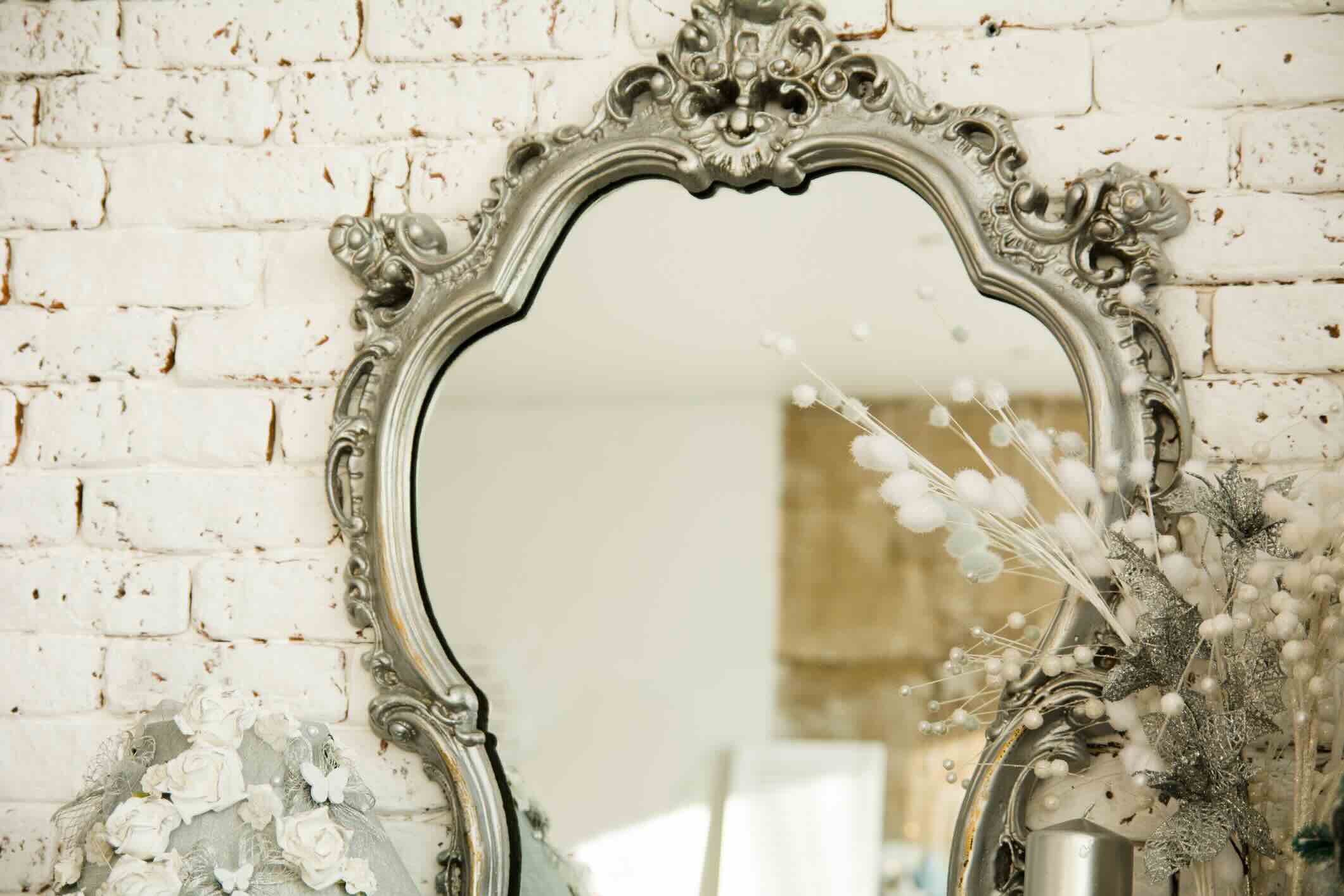
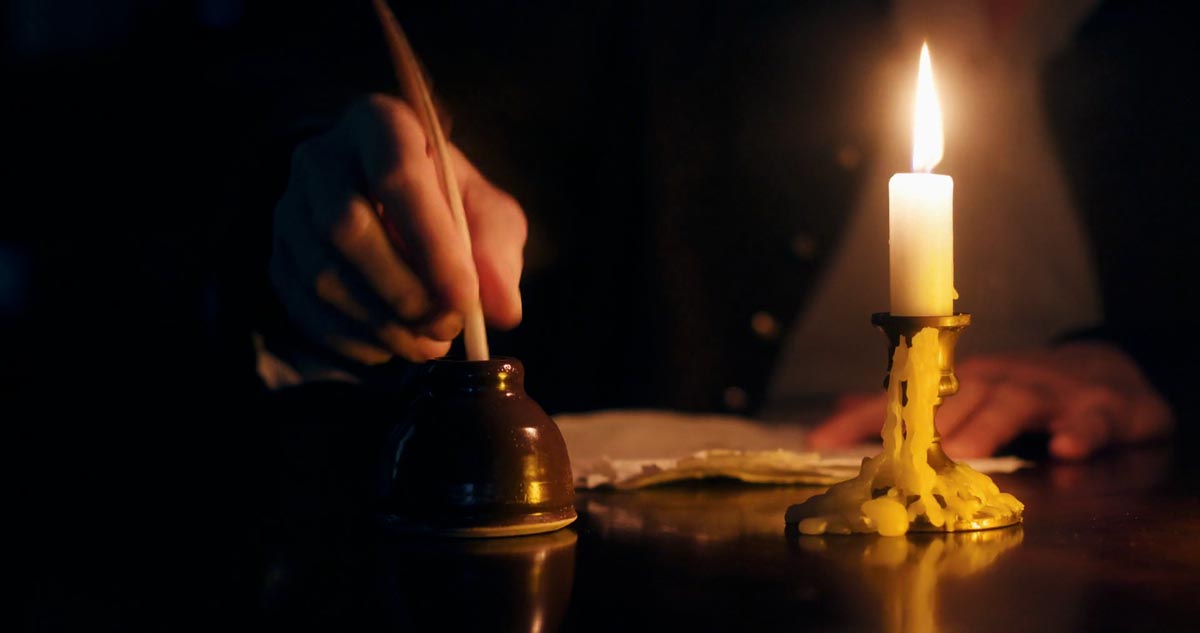
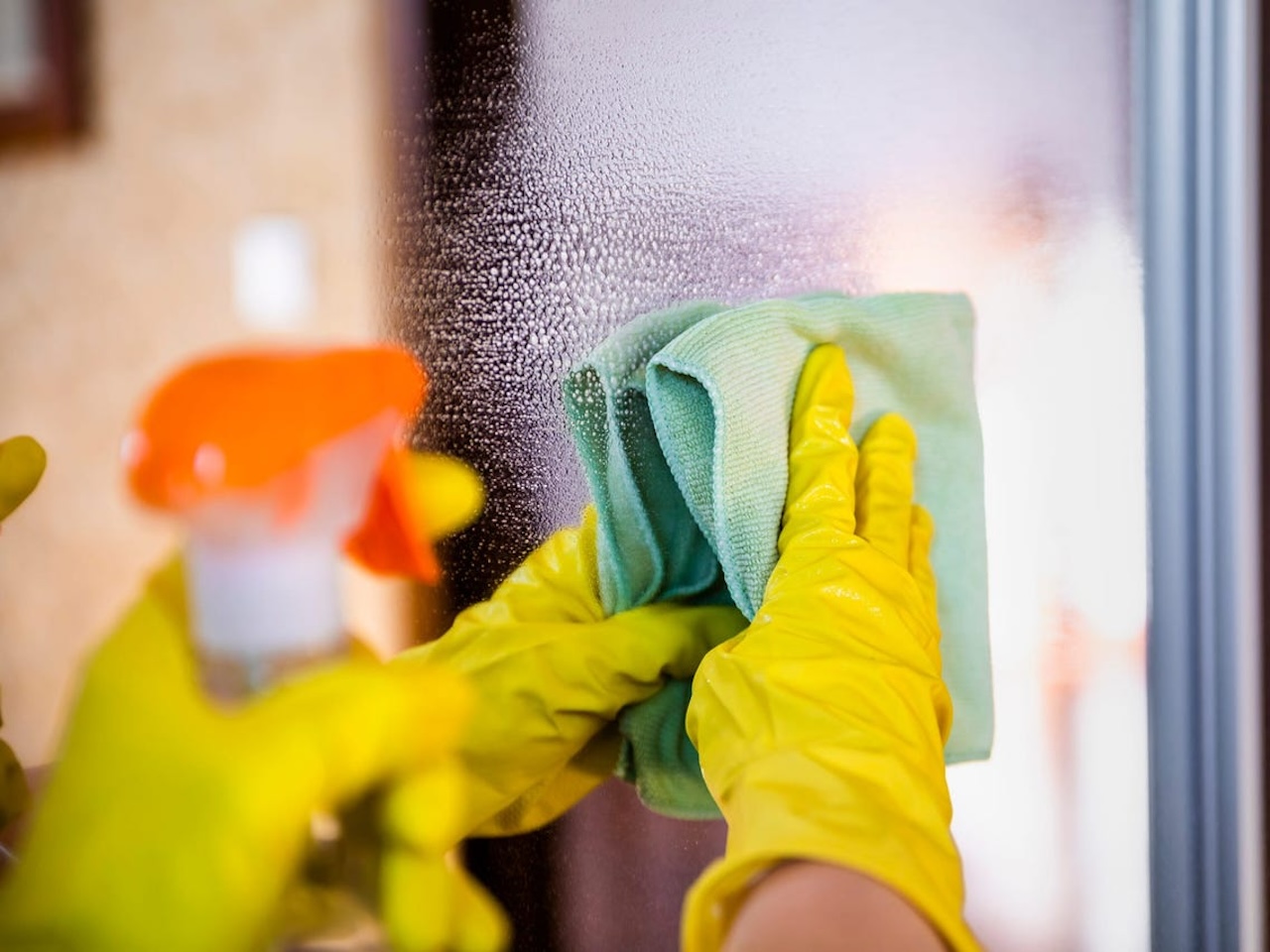

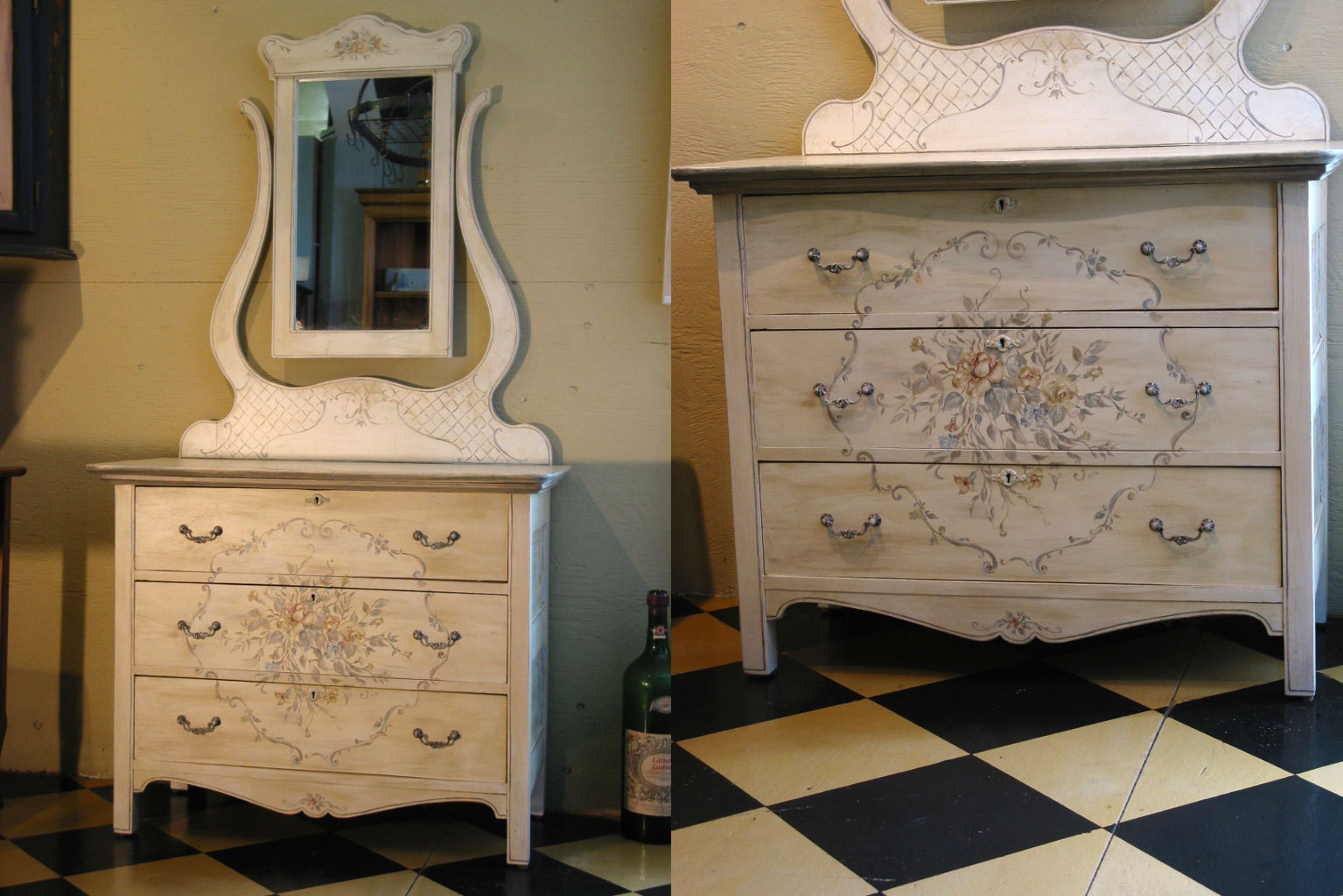
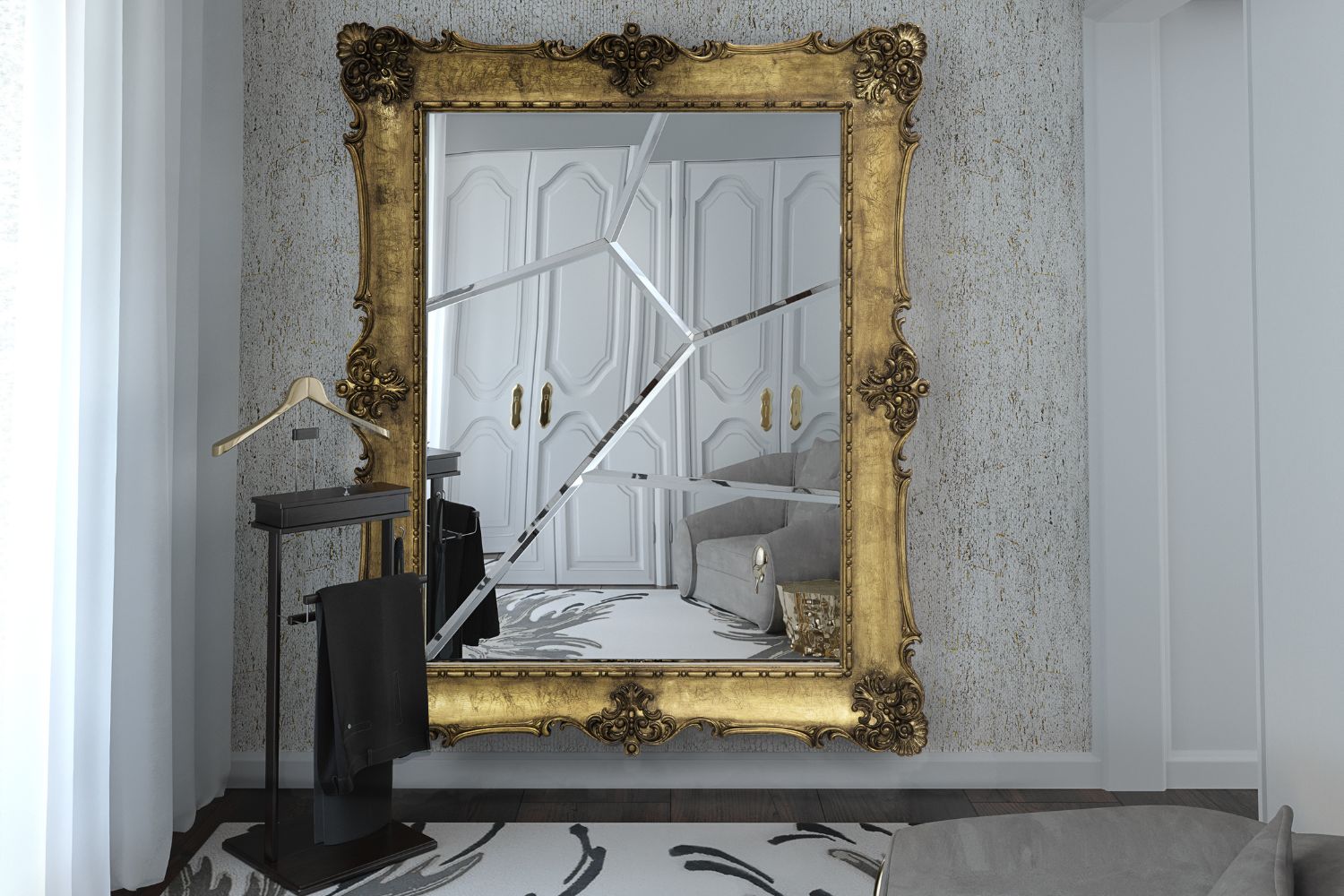
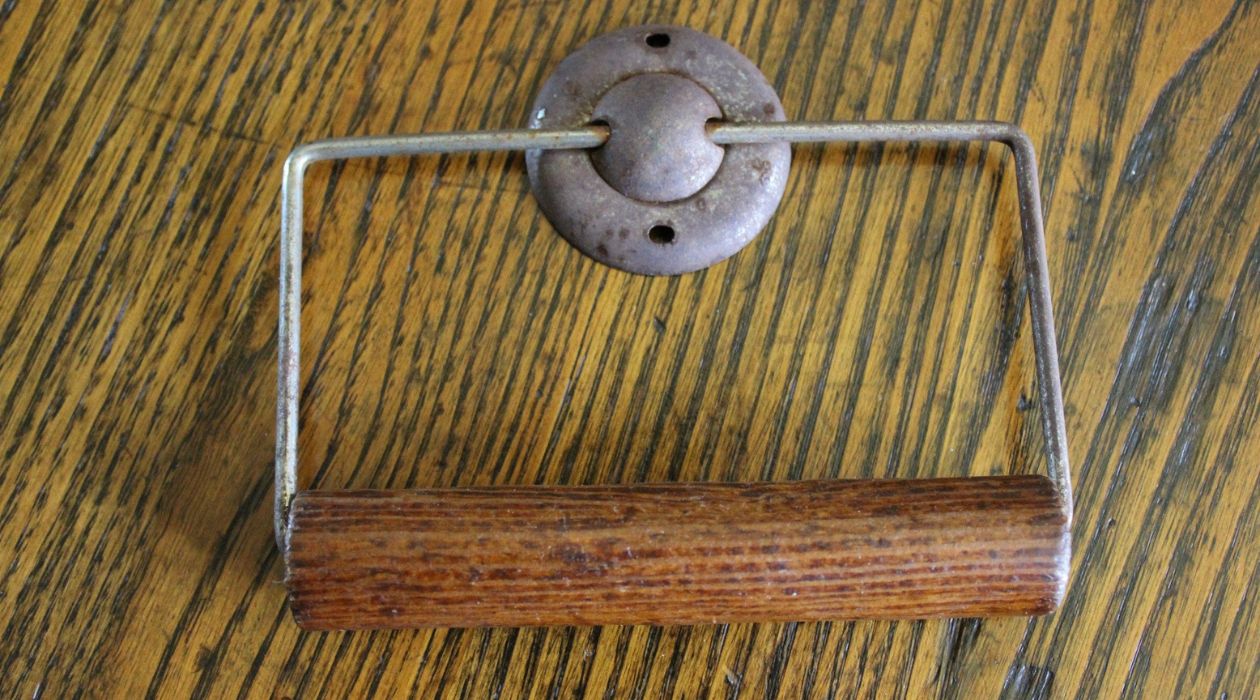
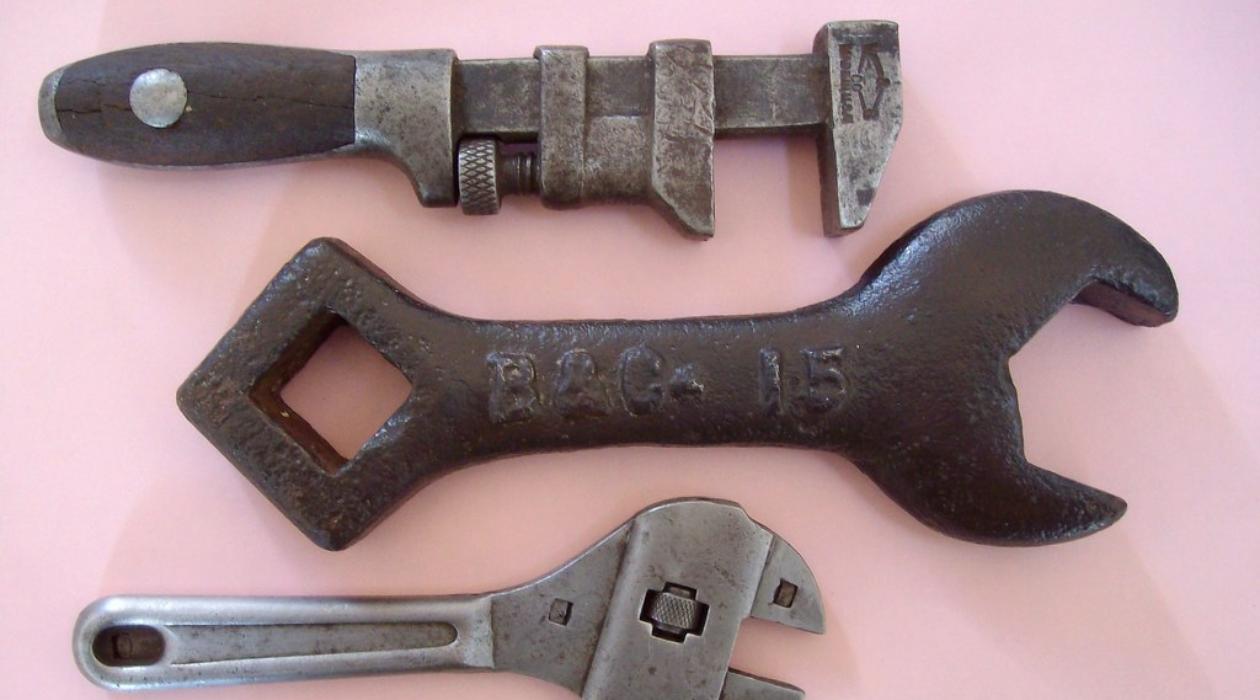
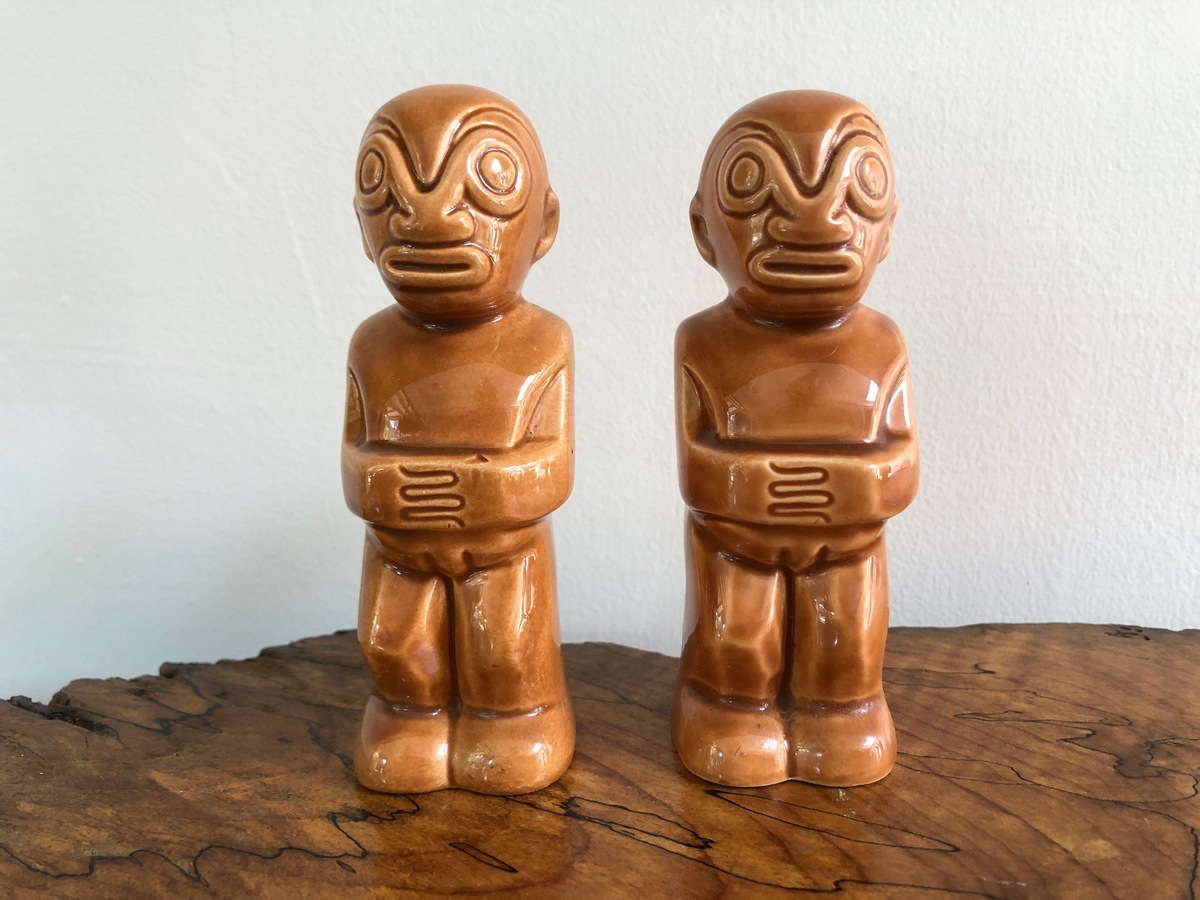
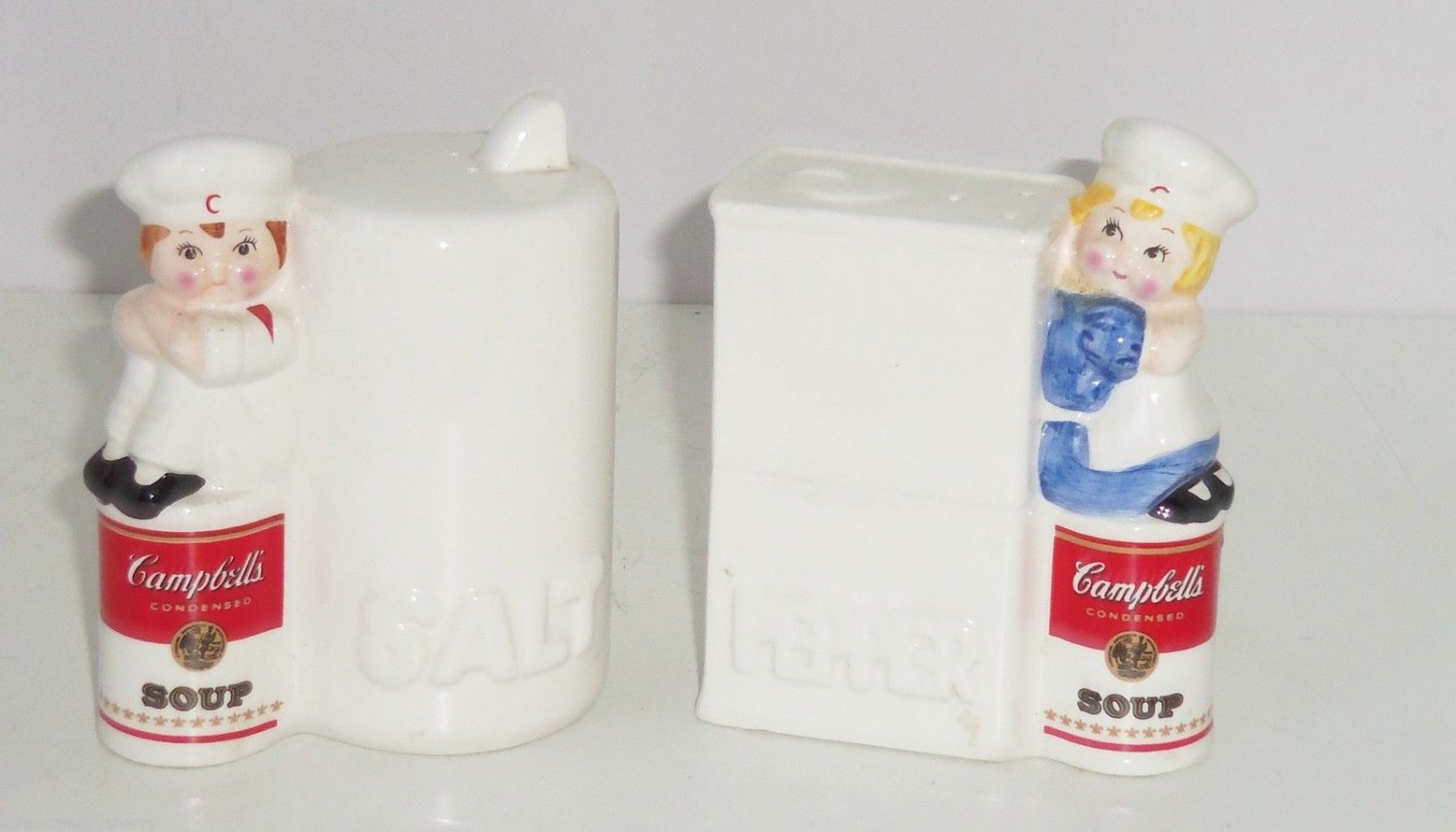

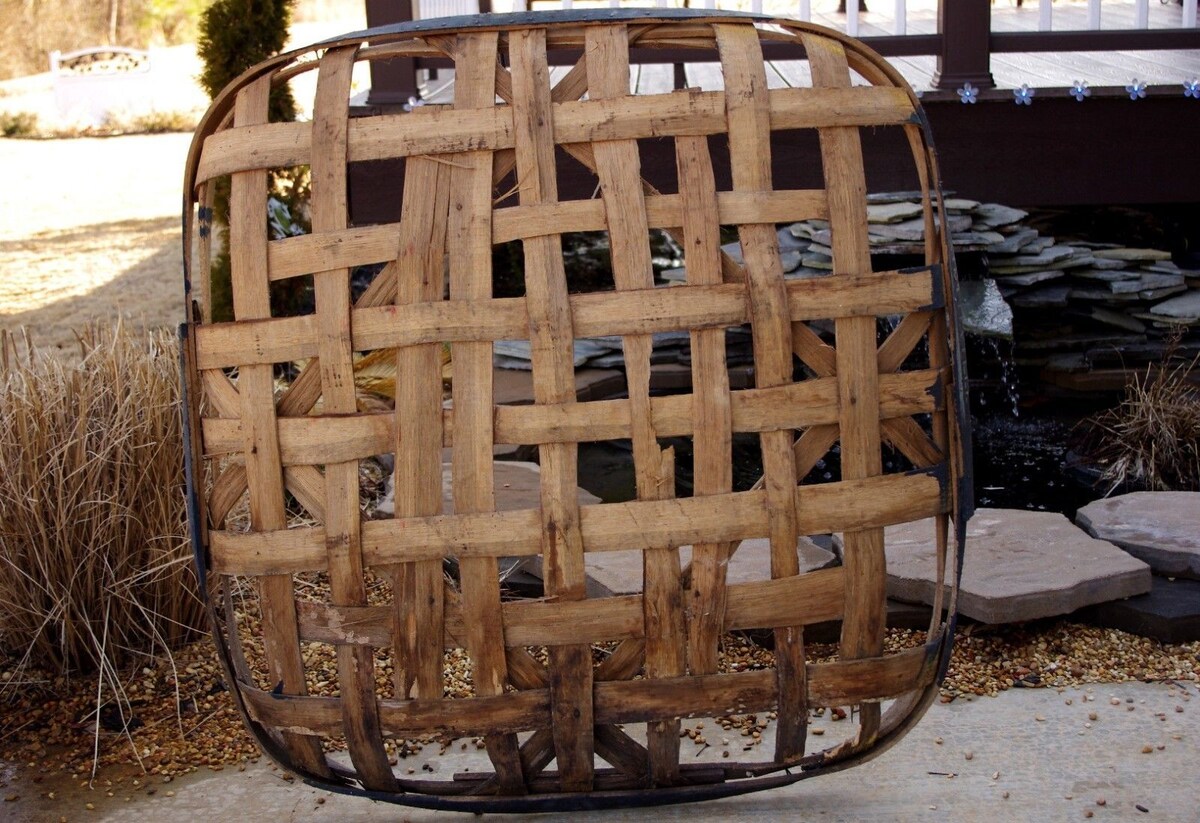

0 thoughts on “How Were Old Mirrors Made”